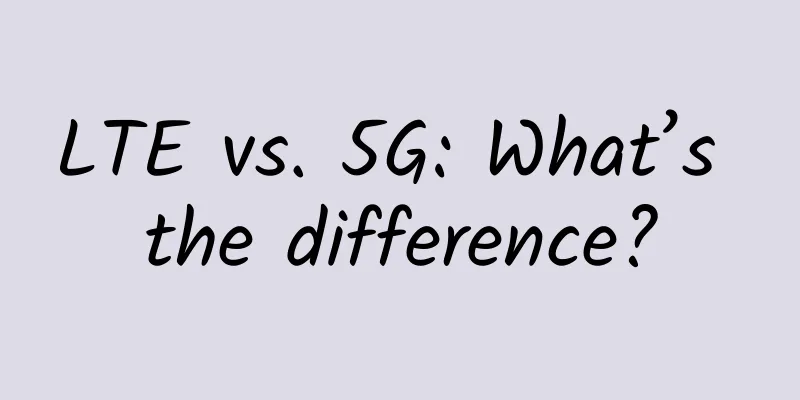What are the differences between Bare Metal switches, White Box switches, and Brite Box switches?

|
In today's era of increasingly dynamic IT environments, the traditional network equipment model is being challenged. Organizations are seeking agility, customization, and scalability in their network infrastructure to cope with the growing data traffic demands and the shift to cloud computing. This has paved the way for the emergence of Bare Metal switches, White Box switches, and Brite Box switches. Let's explore what these different types of network switches mean, how they compare, and which one might be the best choice for your business needs. What is a Bare Metal Switch?Bare Metal switches are hardware devices that do not have any pre-installed network operating system (NOS). These switches feature standard components and open interfaces, providing a base platform that can be transformed through software to meet the specific needs of any network. The idea behind Bare Metal switches is to separate network hardware from software, thereby providing users with ultimate flexibility to manage the behavior of their network according to their specific requirements. Bare Metal switches are often seen in data center environments where organizations want more control over their networks and the ability to deploy, manage, and support the software of their choice. What is a White Box Switch?White Box switches take the concept of Bare Metal switches a step further. These switches are standardized network devices that are usually pre-installed with a minimalistic NOS that is usually based on open standards and can be replaced or customized as needed. Users can add or remove features to meet their specific requirements, providing the ability to build a highly customized network environment. The term "White Box" indicates that these devices come from original design manufacturers (ODMs) that produce the underlying hardware for a wide range of brands. These products are then sold directly through the ODMs or through third-party suppliers without any brand-specific features or markings. Bare Metal Switches vs White Box SwitchesWhile Bare Metal switches and White Box switches are often used interchangeably, their differences lie in their offerings and use cases. Bare Metal switches prioritize hardware, leaving software selection entirely up to the end user. In contrast, White Box switches tend to be complete solutions, with hardware that may be combined with basic software, providing a foundation that can be extensively customized or work out of the box with a provided NOS. The choice between the two depends on the level of control that IT departments have over their network software and the necessity for precise hardware specifications. What is a Brite Box Switch?Brite Box switches act as a bridge between legacy and modern, proprietary and open networks. Essentially, Brite Box switches are White Box switch solutions from established networking brands. They offer the low-cost hardware of White Box solutions, but with the added benefits of branded software, support, and ecosystem. For enterprises that are hesitant to move into a purely open environment due to perceived risk or support issues, Brite Box offers a middle ground. Brite box solutions tend to be best suited for businesses that prefer the support of a large supplier without giving up the cost and flexibility advantages offered by white box and bare metal alternatives. Comparison of Bare Metal Switches, White Box Switches, and Brite Box SwitchesThe following is a comparison of the features of Bare Metal switches, White Box switches, and Brite Box switches:
When choosing the right network switch, it is critical to consider the specific needs, technical expertise, and strategic goals of your organization. Bare Metal switches are suitable for those who want complete control and the ability to handle their own support and software management. White Box switches strike a balance between cost-effectiveness and ease of deployment. In contrast, White Box switches offer the openness found in White Box solutions for enterprises seeking support from a trusted vendor. |
<<: What is MPLS (Multi-Protocol Label Switching)?
>>: What is a Layer 3 switch and how does it work?
Recommend
OneTechCloud Hong Kong/Japan/US CN2 GIA 10% off monthly payment and 20% off quarterly payment, optional native IP or high-defense VPS
OneTechCloud is a VPS hosting business that focus...
Why is China's 5G commercialization going astray?
"The 5G race is a race that the United State...
Sharktech Spring Promotion: 10Gbps unlimited data/Dual Gold 6148/256GB/2*2T NVMe/starting from $329/month
The old merchant Sharktech has just launched a sp...
Unleash the power of 5G! H3C launches MSR series 5G routers
With the advent of the 5G era, 5G routers serve a...
The Internet of Identity is coming, and IAM will undergo a major change
What is the difference between the Internet of Id...
Aicrypt and Anbai Technology reached a strategic cooperation to build the "Application Security +" of the information industry
On June 15, Aicrypt and Anbai Technology held a s...
315 Gala: Mobile phone cleaning software pushes the elderly into the abyss of fraud
[[387787]] March 15 news: At tonight's 315 Ga...
Huawei Global Analyst Conference 2017: Using cloud as the engine to promote global digital transformation
[51CTO.com original article] Although the 2017 Hu...
Top 10 edge computing vendors to watch
Due to advances in the Internet of Things (IoT) a...
Animation explains TCP. If you still don’t understand, please hit me up
Preface The TCP three-way handshake process is a ...
Practical Tips for HTTPS Deployment on Large Websites
1. Introduction to HTTPS HTTPS (full name: Hyper ...
Let you know the more common Wi-Fi standards and types
Wi-Fi is an all-encompassing word. In a sense, it...
How is vmiss? Simple test of vmiss Hong Kong VPS (CN-Hong Kong-BGP V2)
The blog has shared Vmiss discount information ma...
The three major operators are deploying 5G! The Ministry of Industry and Information Technology finalizes the initial frequency bands
5G will be put into large-scale commercial use as...
DediPath Summer Promotion: Los Angeles E3 servers start at $39 per month, New York servers start at $49 per month
DediPath has released its latest summer promotion...









